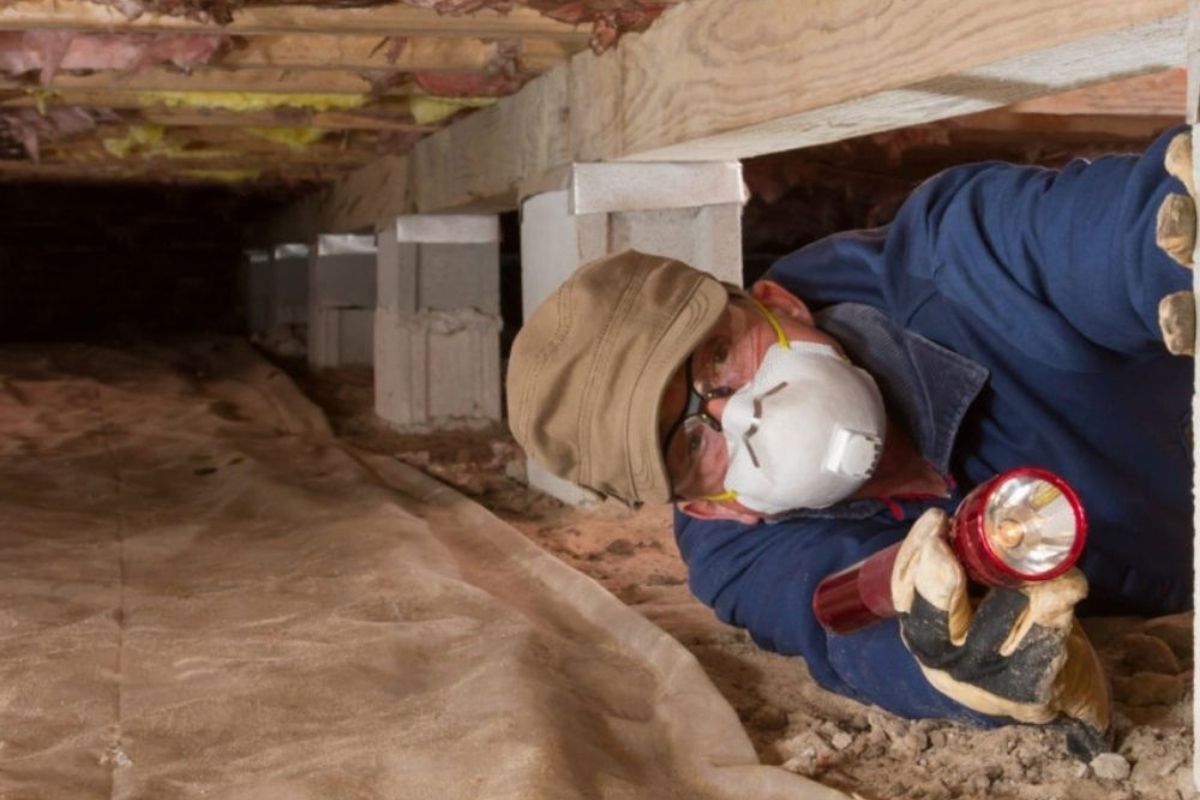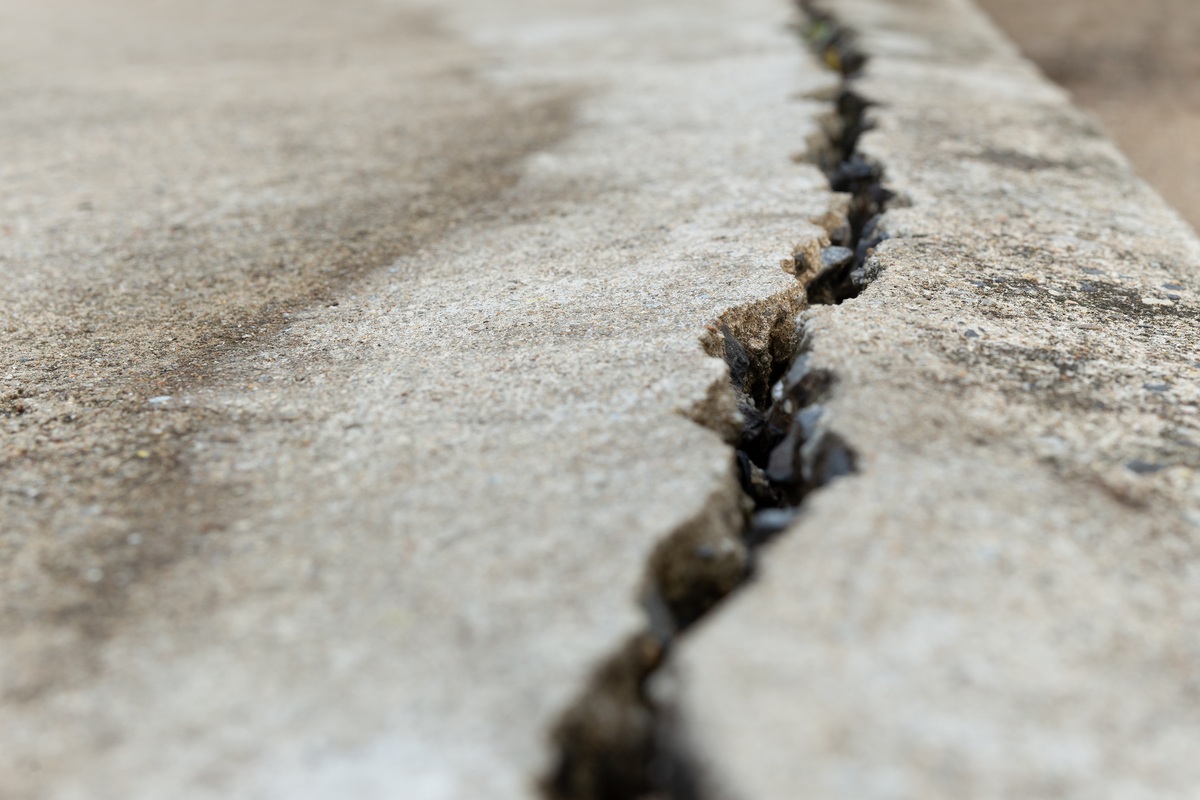Sheetrock or drywall cracks can be concerning for homeowners as they often indicate underlying issues, especially with the foundation. These cracks offer valuable insight into the condition of one’s home, depending on their shape and direction. In this guide, we’ll explore the various types of sheetrock wall cracks, deciphering what they signify and offering solutions to ensure the structural integrity of your home.
Identifying the Type of Crack
When observing sheetrock cracks, it’s crucial to note their direction and location. Cracks that extend from the corners of doors or windows diagonally towards the corners may indicate settling in the foundation. Conversely, cracks that run straight up or across ceilings could signal water pressure underneath the house, leading to structural issues. By understanding the direction of the cracks, homeowners can pinpoint potential areas of concern around the foundation.
Understanding the Implications of the Crack
Cracks in sheetrock not only affect the aesthetics of your home but also serve as indicators of underlying structural problems. If left unaddressed, these cracks can worsen over time, leading to more significant issues and costly repairs. It’s essential to recognize that simply patching up the cracks without addressing the root cause, such as foundation issues, is not a long-term solution. The seasonal changes and micro-adjustments in a house’s structure can cause repaired cracks to reopen, emphasizing the importance of addressing the core issue.
Repairing the Crack
While it may be tempting to patch up sheetrock cracks as soon as they appear, it’s crucial to prioritize fixing the foundation issues first. Attempting to repair the cracks without addressing the underlying cause will likely result in recurring damage. While homeowners can undertake minor crack repairs themselves, it’s advisable to consult professionals for foundation repairs to ensure a lasting solution. Investing in foundation repairs upfront can save homeowners from extensive repairs and expenses down the line.
Post-repair Recommendations
After addressing the foundation issues and repairing the sheetrock cracks, it’s essential to allow time for the structure to adjust. Structures have a memory, and they may attempt to revert to their previous settled state after repairs. Allowing a season for the house to adjust ensures that the repaired cracks are more likely to remain sealed. Once the structure has settled, homeowners can proceed with any necessary cosmetic repairs, confident that the underlying issues have been resolved.
Understanding the Behavior of Structures
It’s crucial to recognize that houses, like any structure, have a natural tendency to settle and adjust over time. When correcting issues such as foundation settling, it’s essential to consider the structural memory of the building. Without allowing for sufficient adjustment time, repaired cracks may reopen due to the structural reflexes of the house. By understanding these dynamics, homeowners can take proactive measures to ensure the longevity of their repairs.
In Summary
Sheetrock wall cracks should not be overlooked, as they often indicate underlying structural issues that require attention. Rather than simply patching up the cracks, it’s crucial to address the root cause, such as foundation problems, to prevent further damage. By consulting professionals and allowing for adequate adjustment time, homeowners can ensure a lasting solution to sheetrock cracks and maintain the structural integrity of their homes.
If you’re experiencing sheetrock wall cracks or suspect foundation issues, don’t hesitate to contact us for expert advice and assistance. We’re here to help you safeguard your home and address any concerns you may have.






